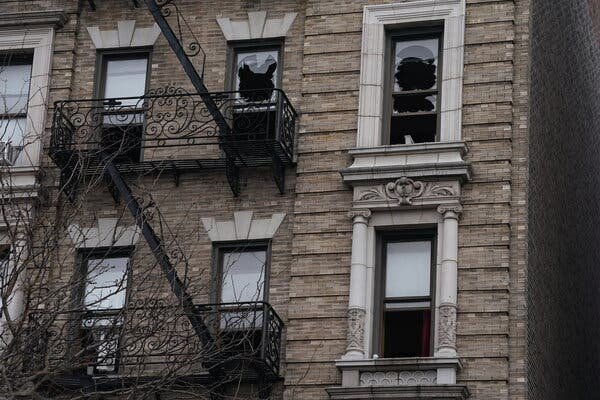Living Breakwaters off Staten Island’s southern shore use a combination of natural processes and constructed techniques to weaken waves and reduce coastal erosion. Completed a decade after Hurricane Sandy, the project includes structures that serve as habitats for marine life and contribute to coastal resilience. The initiative, funded by the state and a HUD grant, aims to lessen the impact of powerful waves during storms. While some residents are skeptical of its effectiveness, other protective measures in New York City, like flood walls and reinforced dunes, are also in progress to enhance resilience to coastal storms.
Living Breakwaters: Enhancing Coastal Resilience in Staten Island
Living Breakwaters is a groundbreaking project off the southern shore of Staten Island that aims to strengthen the coastline against powerful waves and reduce coastal erosion. Developed by SCAPE Landscape Architecture, the project consists of eight rocky structures that work in tandem with natural processes to mitigate the impact of storms like Hurricane Sandy, which devastated the area in 2012.
The structures, constructed using stone and specialized concrete, are designed to weaken incoming waves before they reach the shore. In addition to their protective function, the breakwaters also provide habitats for marine life, with the Billion Oyster Project working to restore New York Harbor’s oyster population by introducing oyster larvae to the reefs. This ecological approach not only enhances biodiversity but also contributes to the resilience of the coastal ecosystem.
The concept of Living Breakwaters was conceived prior to Hurricane Sandy, but gained momentum in the aftermath of the storm when the federal Department of Housing and Urban Development launched a design competition for resilient coastal infrastructure. The project was selected as one of the winners and received funding to bring the vision to life.
Local residents, including fishermen and educators, have been involved in the project from its inception, underscoring the community’s commitment to enhancing the area’s resilience. While some residents express skepticism about the efficacy of the breakwaters in preventing flooding, proponents highlight the project’s innovative approach to coastal protection and ecosystem restoration.
Managed by the state Office of Resilient Homes and Communities, the $111 million Living Breakwaters project is set to be maintained by the Department of Environmental Conservation. As part of a comprehensive approach to coastal resilience, other initiatives such as flood walls, reinforced dunes, and physical barriers are also being implemented in vulnerable areas across New York City.
Despite ongoing challenges and delays in some projects, efforts to enhance the city’s resilience to coastal storms have made significant progress in recent years. While the threat of extreme weather events remains, investments in infrastructure and community engagement are crucial steps towards building a more resilient and sustainable urban environment.
In conclusion, Living Breakwaters represents a pioneering approach to coastal resilience that integrates natural systems with innovative design solutions. By harnessing the power of nature and community collaboration, projects like this offer hope for a more resilient and adaptive future in the face of a changing climate and increasing coastal risks.
Source: TheCity.NYC









